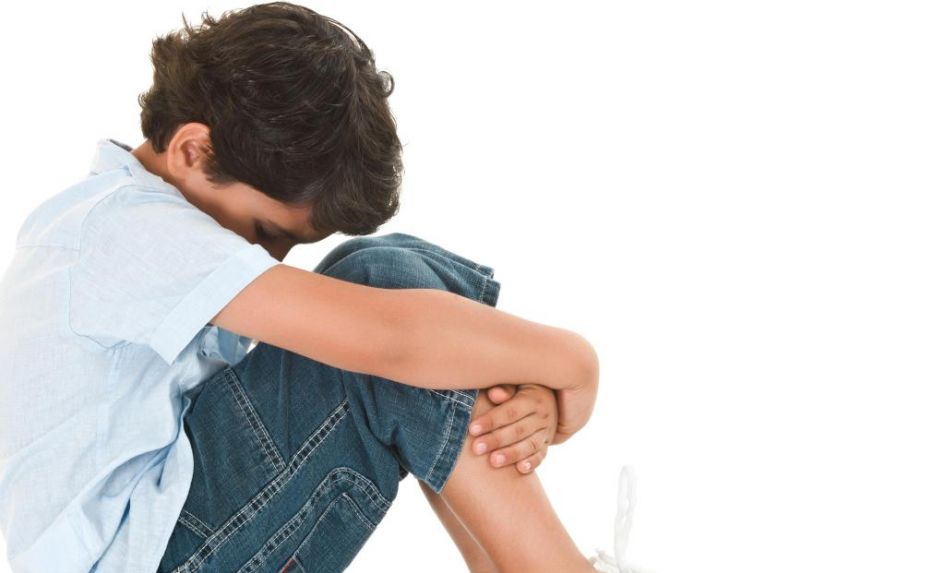Schools’ legal safeguarding obligations are outlined in the DfE’s Keeping Children Safe in Education guidance, which was first issued in 2015. More recently, the DfE has issued further guidance conerning child sexual exploitation and sexual violence and sexual harassment between children in schools and colleges. Taken together, these guidance documents provide specific details on what practitioners should do in response to such incidents.
Unconscious behaviours
Children between the ages of 3 and 17 who have experienced, or been exposed to sexual abuse may themselves exhibit harmful sexual behaviour, often unconsciously. Among younger children these types of behaviours will typically occur through play, particularly around toilet and changing areas. They may demonstrate a predilection for genital exposure and/ or apparent difficulty with understanding social boundaries, especially with touching themselves and others.
Among older children the first indication for teachers may be a statement from one pupil that another has touched them, withdrawn or aggressive behaviors, or rumours about sexual activities involving other children. Such accusations can cut across genders – girls may accuse boys, and boys may accuse girls, including same sex children.
Depending on the severity of what’s occurred, a child may mimic certain acts – perhaps something they’ve seen in pornography, or an act previously done to them – such as licking their lips, dancing in a sexually suggestive manner or rubbing their genitalia inside or outside of their clothing. A child may engage in the latter unconsciously as a form of self regulation, similar to thumb-sucking, or while unaware that such behaviour in public is socially unacceptable.
When to report?
The challenge for schools is to gauge whether this type of behaviour is developmentally appropriate for the child’s age. Young children are naturally fascinated by their bodies and how they work, making it sometimes difficult to distinguish whether the types of indicators described above are part of their natural development, or stem from an experience that has breached their personal boundaries without them realising it.
Sometimes a child may talk about something that’s happened to them in an abstracted way, using the vocabulary available to them. In one case I’m aware of, a young girl on her third day at prep school said that she felt ‘Sore sitting down’, because her brother ‘Tickled and hurt her down there.’
When any such indications come to a teacher’s attention, they should immediately inform the school’s DSL verbally and follow it up in writing. The DSL will then inform the incident to the LA’s child social care team for advice or referral, depending on the severity of the query. Be aware, however, that social care teams aren’t the police and won’t arrive within minutes. Concerns or referrals should be reported as soon as possible so that the DSL can contact Children’s Social Care immediately for advice. A social worker may need to see the child before they leave the school, but it can take a few hours for the necessary planning and any discussions with police to take place first.
Ultimately, initial teacher observations, combined with prompt reporting, are crucial when it comes to identifying cases of abuse – teachers are social services’ eyes and ears.
Ann Marie Christian is an international safeguarding and child protection consultant, trainer and author; for more information, visit annmariechristian.com or follow @annmariechild










